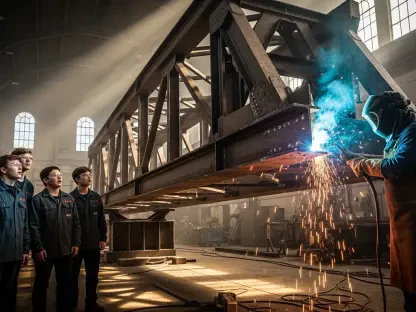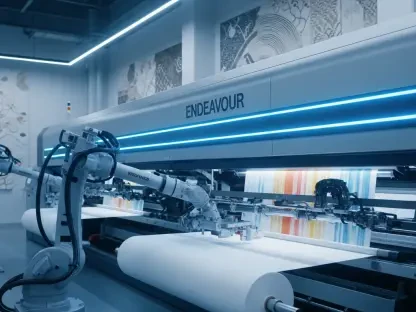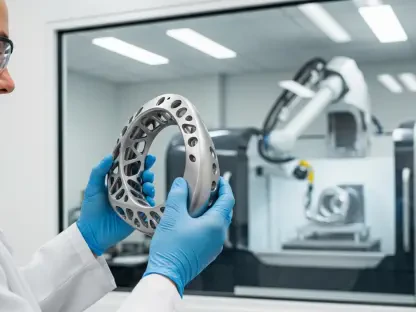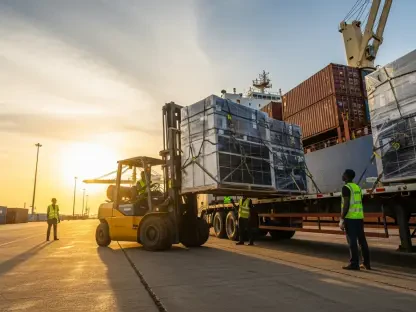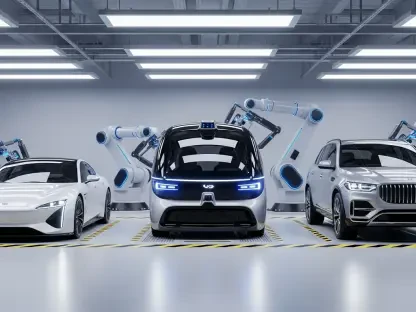I’m thrilled to sit down with Kwame Zaire, a renowned expert in manufacturing with a deep focus on electronics, equipment, and production management. Kwame is a thought leader in predictive maintenance, quality, and safety, and today, we’re diving into the critical topic of cybersecurity in the manufacturing sector. Our conversation explores the evolving threats to industrial systems, the limitations of traditional security practices, the rise of automation in protecting endpoints, and the future of secure manufacturing environments. Let’s get started.
What are some of the most pressing cybersecurity challenges manufacturers face with their critical systems today?
Manufacturers are in a tough spot because their most vital systems—those running production lines—are often the most vulnerable. Many of these systems rely on outdated technology that doesn’t get regular updates, making them easy targets for attackers. Downtime is another huge issue; even a short interruption can cost millions in lost production. On top of that, remote facilities often struggle with poor connectivity, so even delivering security updates becomes a logistical nightmare. It’s a perfect storm of risk.
How do legacy operating systems in manufacturing plants add to these cybersecurity risks?
Legacy systems are a massive headache. A lot of plant-floor devices run on old versions of Windows or Linux that are no longer supported with patches. Without updates, known vulnerabilities just sit there, waiting to be exploited. Manufacturers often can’t upgrade because the equipment is tied to specific software versions, and replacing entire systems is prohibitively expensive. So, they’re stuck with gaping security holes that attackers can walk right through.
Why is downtime such a critical concern for manufacturers when addressing cyber threats?
Downtime in manufacturing isn’t just an inconvenience; it’s a financial disaster. Halting production to apply a patch or recover from an attack can mean missing delivery deadlines, losing customer trust, and racking up huge costs. Every minute a line is down translates to lost revenue. That’s why many manufacturers hesitate to patch systems—they can’t afford the interruption, even if it means leaving themselves exposed to attacks.
Why do you think manual patching is no longer effective for keeping manufacturing systems secure?
Manual patching is like trying to fix a leaking dam with a bucket—it’s just not fast or efficient enough. Most manufacturers still use ad-hoc methods, coordinating patches through emails or waiting for approval from plant managers. This creates delays that can last weeks or even months, especially when they’re limited to specific maintenance windows. In that time, vulnerabilities remain open, and attackers don’t wait for permission to strike.
How are cybercriminals leveraging AI to make their attacks more dangerous for manufacturers?
AI has been a game-changer for cybercriminals. It lowers the barrier to entry by analyzing known vulnerabilities and generating exploit code automatically. You don’t need to be a skilled hacker anymore; anyone with access to dark-web AI tools can launch sophisticated attacks. The speed and sheer volume of these AI-driven attacks are overwhelming. Traditional defenses, especially manual ones, can’t keep up with thousands of new exploits being created daily.
Can you explain what Autonomous Endpoint Management (AEM) is and why it’s considered the future for manufacturers?
Autonomous Endpoint Management, or AEM, is a proactive approach to securing systems by automating the entire update process. Unlike traditional patch management, where you react to new patches as they come out, AEM assesses your environment first and sets up automated strategies to apply updates as soon as they’re released. It’s seen as the future because it operates at the speed of modern threats, reducing human error and ensuring systems stay current without constant manual intervention.
Why is human oversight still essential in AEM, even with all this automation?
Automation is powerful, but it’s not foolproof. Humans are still needed to step in if an update causes issues—like crashing a critical system during production. Oversight ensures there are controls to pause updates, roll back changes, or adjust strategies on the fly. It’s about striking a balance; automation handles the heavy lifting, but human judgment protects uptime and safety, which are non-negotiable in manufacturing.
How does integrating cybersecurity tools with patch management solutions strengthen security for manufacturers?
Integration bridges a critical gap. Security teams often spot vulnerabilities, but if IT doesn’t act fast, the risk lingers. When cybersecurity tools feed directly into patch management systems, IT can prioritize and fix the most dangerous flaws first. It’s like having a direct line from detection to action, cutting down response times and ensuring threats don’t slip through the cracks. Without this, you’re just collecting data without solving the problem.
Why is visibility across all levels of an organization so important when adopting AEM?
Visibility ensures everyone—from executives in the boardroom to workers on the plant floor—understands the security status and can act accordingly. Tools that provide clear, accessible data help align priorities and build trust. During a crisis, this shared insight speeds up decision-making because everyone’s working off the same information. It’s not just about tech; it’s about creating a culture where security is everyone’s responsibility.
Looking ahead to 2026, what’s your forecast for how manufacturers will handle cybersecurity?
By 2026, I expect manufacturers to fully embrace automation and AI in their cybersecurity strategies. Manual patching will largely be a thing of the past as AEM becomes standard, blending speed with adaptive controls. AI will not only help attackers but also defenders by automating threat detection and response. The winners will be those who integrate systems for seamless data flow and maintain human oversight to avoid blind reliance on tech. It’s going to be a machine-speed game, but with a human touch to keep things grounded.


